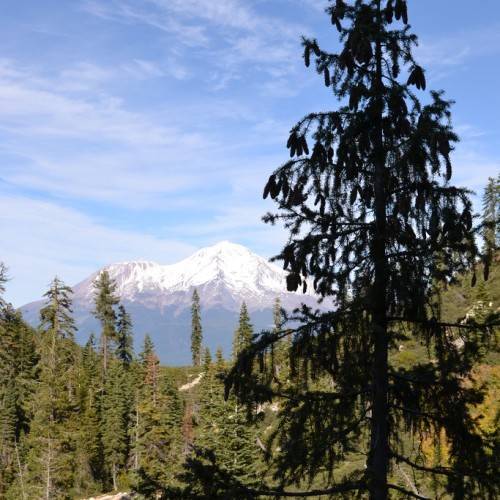
brewer's spruce
Picea breweriana
Cycle:
Perennial
Watering:
Average
Hardiness Zone:
6 - 8
Flowers:
Flowers
Sun:
Full sun
Cones:
Yes
Leaf:
Yes
Growth Rate:
High
Maintenance:
Low
Drought Tolerant:
Yes
Care Level:
Medium
watering
Brewer's spruce (Picea breweriana) should be watered thoroughly once a week, making sure to moisten the soil down to a depth of 6-8 inches. Aim to apply 1-2 inches of water each time. If the soil feels slightly moist below the surface, additional watering may not be necessary. During the summer months, watering more frequently may be beneficial if the weather is very hot and dry. However, it's important to avoid overwatering, as this could lead to root rot.
sunlight
Brewer's spruce, also known as the Caucasian spruce, is a plant species native to western and central parts of Russia. It requires full sun in order to thrive. For optimal growth, this species needs at least 6 hours of direct sunlight each day. During the summer, when the days are longer, they should suitable receive 8 to 10 hours of direct sunlight. In winter, when the days are shorter, they should receive at least 4 hours of direct sunlight each day. This plant prefers cooler temperatures and should be protected from intense heat during full sun periods.
pruning
Brewer's spruce can be pruned in late winter while the plant is still dormant. This will help to ensure the plant recovers quickly and can begin to form new growth as spring approaches. The amount of pruning required will largely depend on the size of the plant and desired appearance, but generally, up to 1 fourth of the plant can safely be removed. Avoid removing large side branches near the trunk, as this can create an imbalance in the structure of the tree and reduce resistance to wind. Pruning should focus primarily on the removal of dead, damaged, or crossing branches.
